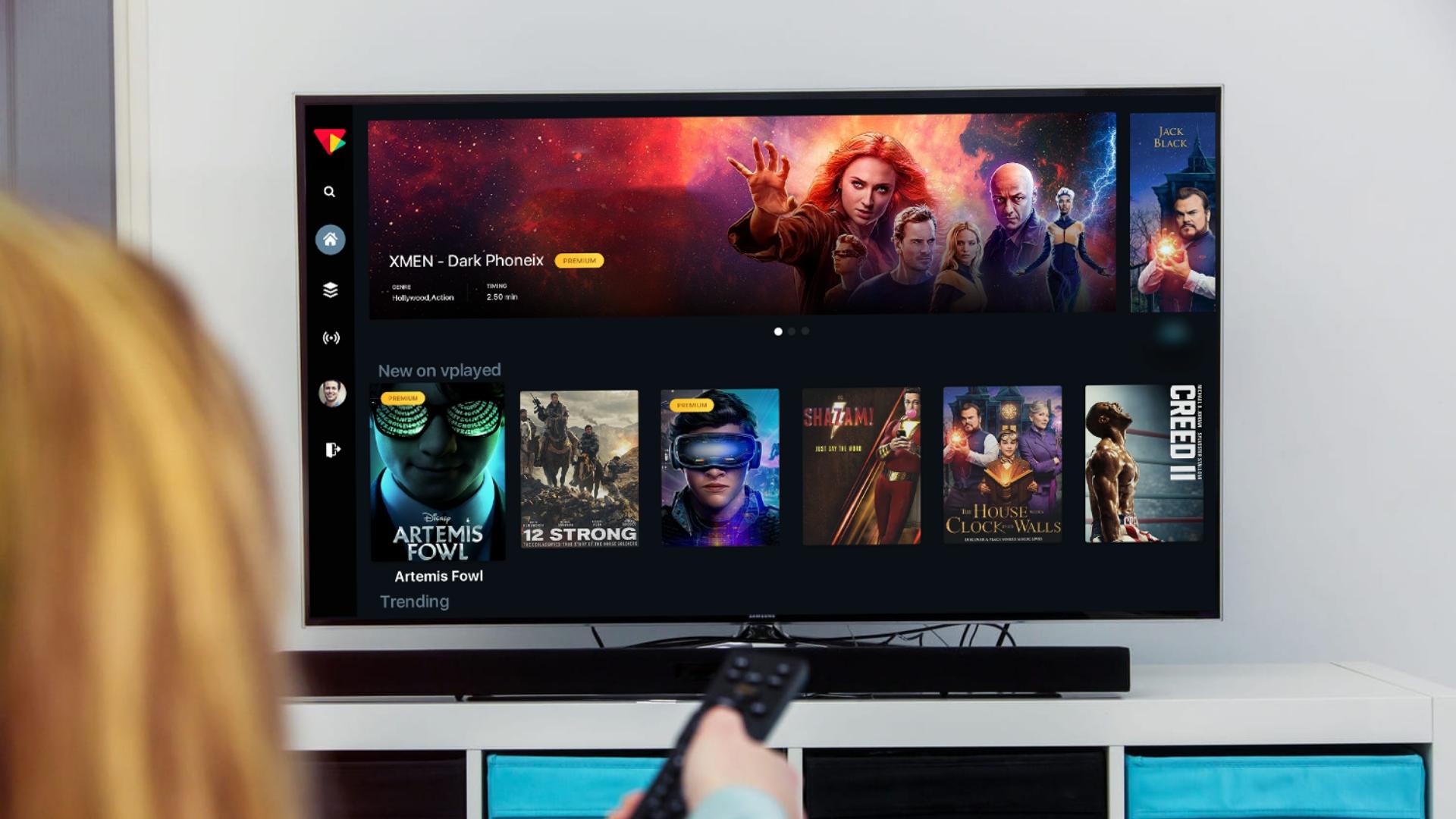Apollo Group Tv for Dummies
Apollo Group Tv for Dummies
Blog Article
Not known Facts About Apollo Group Tv
Table of ContentsGetting The Apollo Group Tv To WorkThe Ultimate Guide To Apollo Group TvGetting My Apollo Group Tv To WorkFacts About Apollo Group Tv Revealed
In this scenario, as opposed to having three-minute business places during a 30-minute tv program, television programs might change to one where a consumer will certainly be called for to have a regular monthly registration, to make sure that they cen sight targeted banner ads. This sort of advertising currently occurs on the net, and the quantity of information television firms accumulate permits them to do similar.Describe the significant fads amongst the broadcasting and wire networks. Popular radio reveals such as authorities dramatization Dragnet and western cowboy collection Gunsmoke were adapted for television, and brand-new Television programs were sponsored by solitary marketers, just as radio programs had actually been.
Today, the tv industry is much more complex. Programs are funded by multiple advertisers; programs is managed by major media corporations; and the 3 significant networks no much longer dominate the airwaves yet rather share their audiences with numerous wire networks. A number of factors make up these patterns within the sector, consisting of technological growths, government policies, and the creation of brand-new networks.

Not known Facts About Apollo Group Tv
Also public television has ended up being subject to the influence of advertising. Developed in 1969, (PBS) developed out of a report by the Carnegie Commission on Educational Tv, which analyzed the role of educational, noncommercial tv on culture. The report advised that the federal government financing public television in order to give diversity of programming throughout the network eraa solution created "not to offer products" yet to "improve citizenship and public service (McCauley, 2003)." Public tv was also intended to supply universal accessibility to television for visitors in backwoods or customers that can not afford to pay for private television services.
The period between 1950 and 1970 is traditionally identified as the. Besides a tiny portion of airtime managed by public tv, the three major networks (understood as the Big 3) dominated the television industry, collectively representing even more than 95 percent of prime-time watching. In 1986, Rupert Murdoch, the head of international company News Corp, introduced the Fox network, testing the dominance of the Big Three.
Targeting young and minority audiences with shows such as Buffy the Vampire Slayer, Moesha, Dawson's Creek, and The Wayans Bros., the brand-new networks wanted to attract terminals away from their old network affiliations. However, instead of repeating the success of Fox, UPN and WB had a hard time to make an effect. Not able to draw in numerous associate terminals, both new networks got to less houses than their bigger opponents because they were unobtainable in some smaller cities.
This decision led the way for the development of wire movie channels, adding to the rapid growth of wire in the 1980s and 1990s. apollo tv. More deregulation of wire in the 1984 Wire Communications Plan Act got rid of constraints on cord rates, allowing operators to charge what they desired for wire services as long as there was efficient competition to the service (a criterion that over 90 percent of all cord markets might satisfy)
The Ultimate Guide To Apollo Group Tv

Having actually developed the initial "superstation," Turner expanded his world by starting 24-hour information network CNN in 1980. At the end of the year, 28 nationwide shows services were readily available, and the cord change had actually begun. Over the following years, the market undertook a duration of fast development and appeal, and by 1994 visitors could select from 94 basic and 20 premium cable television services.
Figure 9 - https://allmyfaves.com/apollogtv01?tab=Apollo%20Group%20TV.16 Increased competitors from cable networks has created a stable decline in the networks' target market rankings. Throughout the 1950s, the expense of creating a solitary tv show increased as programs became longer and manufacturing costs skyrocketed. Sponsorship on network tv changed from single sponsorship, in which a program was completely sustained and produced by one advertiser, to several sponsorship, click for more in which marketers acquired 1- or 2-minute areas on the program
Choose one of the Big Four networks and print out its regular programs timetable. See the network's prime-time programs over the training course of a week, keeping in mind the target group for each program.
Excitement About Apollo Group Tv

Straight television, typically described as traditional broadcast television, encompasses cord and satellite tv. It's called "straight" due to the fact that content complies with a fixed shows schedule, unlike on-demand content which the private visitor decides to watch based on their own preferences and routine. When you ask, "What is linear Television?", consider it as the timeless means of viewing TV that has actually been around for years.
Report this page